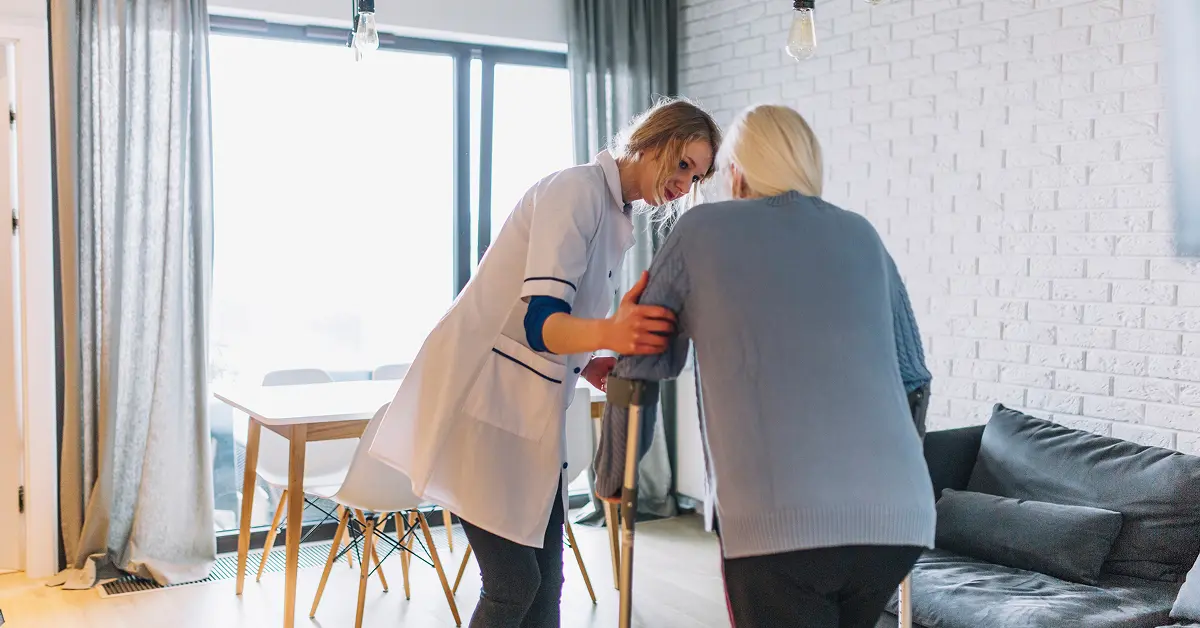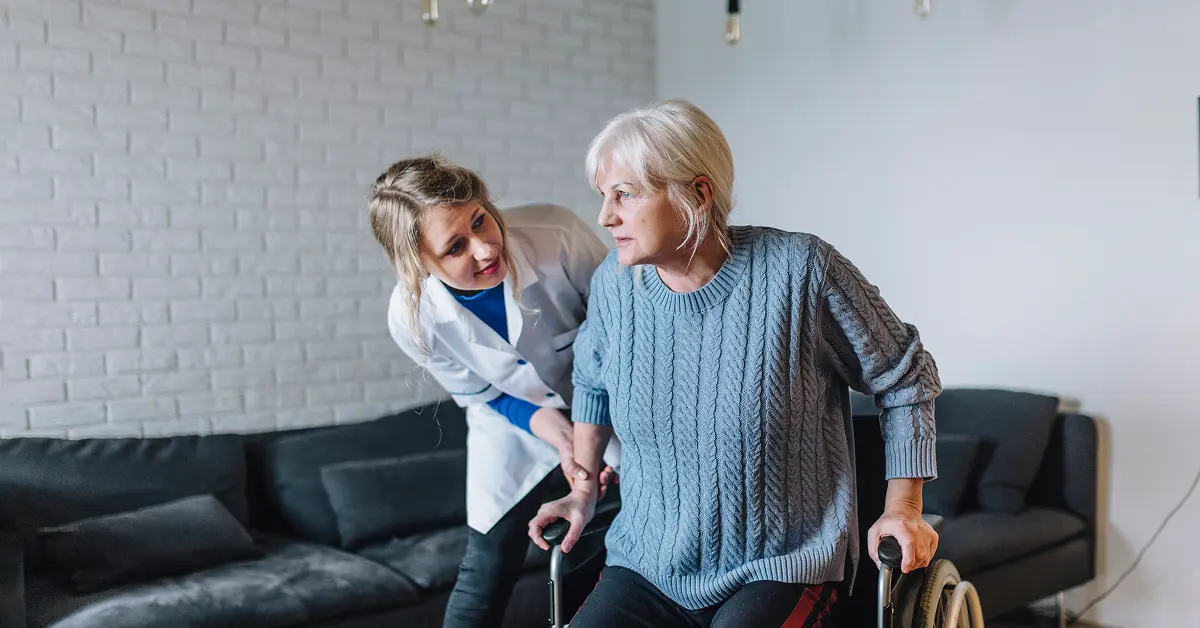Discover how caregiver coordination with family doctors improves health outcomes for seniors. Learn benefits, methods, and tips for seamless communication in Elderly Care Services
Introduction
In the realm of elderly care, successful outcomes often rely on one key element: coordination. Especially in India, where family-centric care is predominant, the communication between family caregivers and doctors can significantly impact the quality of life for seniors. When caregivers and family doctors work in sync, it ensures consistent monitoring, faster treatment, fewer medical errors, and a more holistic approach to elder wellness.
This blog explores why and how caregiver coordination with family doctors is essential, the challenges in the Indian context, and practical strategies to improve collaboration for better patient outcomes.
Why Coordination Between Caregivers and Doctors Matters
In many Indian households, caregivers—either professional or family members—play a pivotal role in supporting the elderly. They assist with daily activities, medication, dietary management, and emotional wellbeing. However, they are not medical professionals. Without proper communication with doctors, important details may be missed.
Here’s how coordination improves outcomes:
- Timely Medical Interventions: Early signs of deterioration can be spotted and addressed quickly.
- Medication Accuracy: Avoids duplication and harmful drug interactions.
- Continuity of Care: Ensures home care matches doctor's treatment plan.
- Emotional & Mental Health Monitoring: Helps in tracking psychological changes that doctors may overlook.
Common Challenges in Caregiver-Doctor Coordination (Especially in India)
- Lack of Digital Records: Most homes rely on paper documentation.
- Language Barriers: Regional differences create misunderstandings.
- Doctor Availability: Overburdened hospitals mean less time with each patient.
- Caregiver Training: Many are not equipped to communicate medical needs properly.
- Privacy Concerns: Family members may not share full information with external caregivers.
Key Areas Where Coordination Makes a Difference
- Chronic Disease Management: Proper reporting helps manage diabetes, hypertension, etc.
- Dementia and Alzheimer’s Care: Behavioural changes can be monitored effectively.
- Post-Surgical Recovery: Ensures smooth rehabilitation.
- Palliative Care: Provides better quality of life in end-stage illnesses.
How to Foster Effective Coordination Between Caregivers and Doctors
Here are some practical steps Indian families and caregivers can adopt:
Maintain a Daily Health Journal
Include vital signs, food intake, mood, sleep quality, and medication. Share this with the doctor regularly.
Use Technology and Health Apps
Apps like Practo and 1mg help in record-keeping and virtual consultations.
Organise Joint Consultations
Ensure caregivers join medical visits (physically or virtually) to clarify doubts directly with doctors.
Create a Care Plan
Draft a care plan that includes medicine schedules, diet charts, and exercise recommendations aligned with doctor advice.
Educate Caregivers
Short training programs make caregivers more competent in communicating with healthcare providers.
Establish Emergency Communication
Keep emergency contacts and protocols easily accessible to caregivers at all times.
Family Involvement: The Indian Advantage
Use India's family-centric culture as a strength by:
- Appointing one family member as a care coordinator
- Informing doctors about the family environment and stressors
- Consolidating caregiver and family observations for a holistic view
Real-life Example
Mrs. Leela, aged 78, living in Pune, had diabetes and early-stage dementia. Her son hired a trained caregiver who documented daily sugar levels and monitored behaviour changes. Regular updates were sent to the family doctor via WhatsApp. Over six months, her insulin was reduced, memory exercises were introduced, and sleep quality improved. The combination of family oversight, caregiver attention, and doctor input led to a healthier and happier life.
The Future of Caregiver-Doctor Coordination in India
With the rise of telemedicine, AI tools, and government initiatives like the Ayushman Bharat Digital Mission (ABDM), coordination will become easier. Structured communication protocols will be essential in Indian metros and smaller towns alike.
Conclusion
In elderly care, isolated efforts are not enough. The true power lies in collaboration. When caregivers and family doctors communicate and coordinate effectively, elderly individuals receive better, safer, and more personalised care.
By fostering structured communication, using digital tools, and building trust, Indian families can ensure that their elders live not only longer—but also healthier and more fulfilling lives.
Contents
- Introduction
- Why Coordination Between Caregivers and Doctors Matters
- Common Challenges in Caregiver-Doctor Coordination (Especially in India)
- Key Areas Where Coordination Makes a Difference
- How to Foster Effective Coordination Between Caregivers and Doctors
- Family Involvement: The Indian Advantage
- Real-life Example
- The Future of Caregiver-Doctor Coordination in India
- Conclusion
Our 24*7 services
Latest Posts
- What Is Respite Care and Why Is It Important
- Affordable home care for senior citizens in India
- Caring for Seniors with Dementia or Alzheimer's at Home
- Senior Caregiving A Guide for Every Family
- How to Write a Caregiver Resume That Gets You Hired
- How Care After Hospital Discharge Speeds Up Recovery at Home
- How to Get Home Health Care for Seniors Through Medicare
- What Does a Senior Citizen Caregiver Really Do at Home
- How to Care for Elderly Parents with Alzheimer’s or Dementia
- How to Get 24-Hour Care for Seniors at Home



